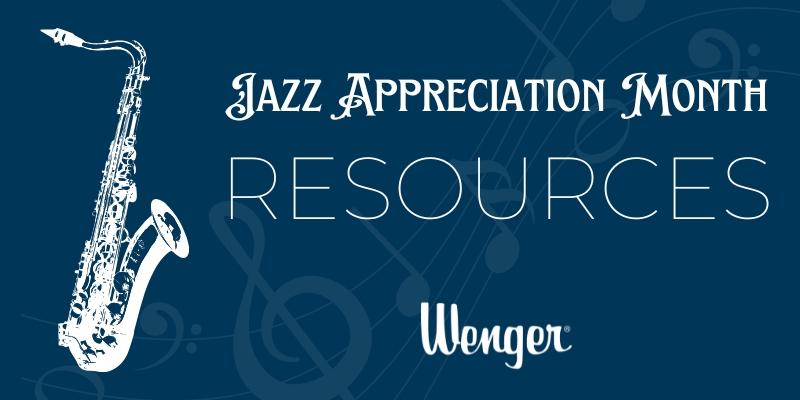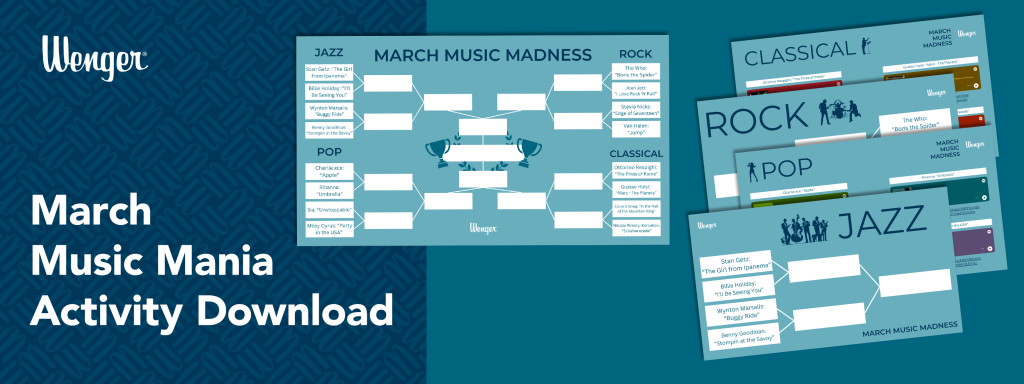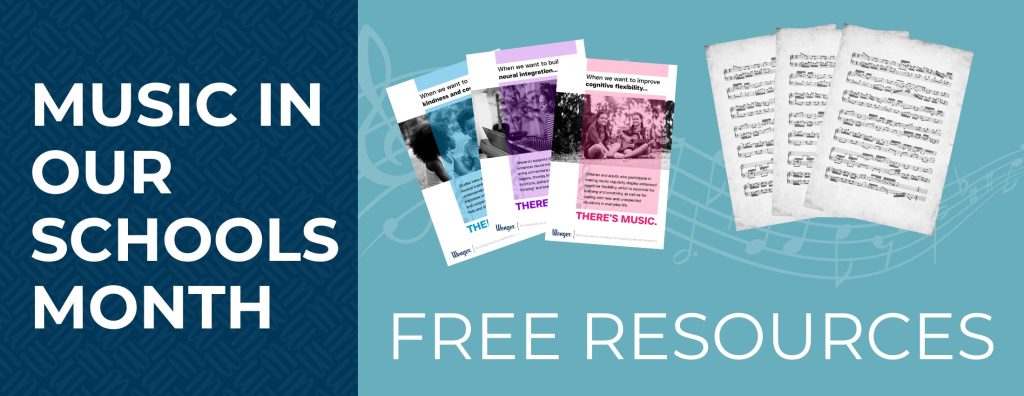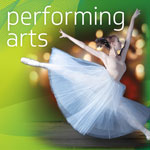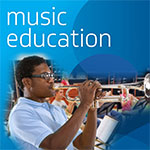by Michael Cain, Co-founder and CEO of Ekwe™

Integrating world music into the classroom can be a daunting task for many teachers. Traditional music education programs often provide limited exposure to non-Western musical traditions, making it difficult to develop expertise in these areas. And with thousands of musical styles and genres worldwide, where does one even begin?
Perhaps an even more fundamental question is: Why should world music be integrated into the curriculum? Is it simply beneficial for students, like musical “vitamins,” or does it provide essential lessons that deepen their understanding of music as a whole?
While no single article can fully address the vastness of this topic, I’d like to offer a brief guiding framework—one that helps teachers prioritize where to start and provides accessible, respectful ways to introduce world music traditions into the classroom, even without years of specialized training.
Where to Begin? Prioritizing World Music Traditions
With so many musical traditions across the globe, how should a teacher decide which ones to focus on and introduce first? When asked this question, I often recommend starting with West African music. Here’s why:
West African rhythms form the foundation of many popular music styles in North America, including blues and gospel, which then became the root languages for R&B, soul, hip-hop, rock, funk, and pop. This means that students often have an unconscious familiarity with these rhythmic patterns, tonalities, and structures—such as call-and-response—making engagement immediate and meaningful.
This is a crucial reason to integrate world music: It helps students understand that the music they listen to is not just a singular, isolated invention by individual geniuses. Instead, much of the music we hear today is a hybrid language, shaped by traditions from around the world.
To draw a parallel with language, consider Latin as a root language. Over time, it evolved into Romance languages like Italian, Spanish, French, and Portuguese, each carrying remnants of the original Latin structure while developing unique characteristics. For example, the Latin word for water, aqua, became acqua in Italian, agua in Spanish, and eau in French—evolving into distinct versions regionally due to phonetic shifts and influences from other languages.
Music evolves similarly. As West African musical traditions spread through the African diaspora, they merged with other styles, fundamentally shaping American popular music. Many students will instinctively recognize these rhythms:
- “That’s the beat from my favorite Beyoncé song!”
- “I’ve heard that in a Missy Elliott track!”
This recognition helps students see that music is not created in isolation—it is an interconnected, evolving art form shaped by many cultures.
A Practical Sequence for Teaching World Music
With this perspective in mind, here’s a suggested priority list for teachers to explore in their own professional development and gradually integrate into their classrooms:
- West African Music – The rhythmic foundation of many popular genres, particularly blues and gospel, which underpin R&B, pop, rock, and hip-hop.
- Latin Music – Deeply intertwined with North American popular music, from Afro-Cuban rhythms to reggaeton and salsa, with strong historical and rhythmic ties to West African traditions.
- Indian Music – While less foundational to North American popular music, Indian rhythmic cycles (tala) and melodic structures (ragas) offer invaluable concepts for teaching rhythm, improvisation, and tonality.
- Regional Music Traditions – Consider the cultural demographics of your students and community. If a particular tradition is prevalent in your area, prioritizing it can create deeper engagement and opportunities for drawing on local expertise and community involvement.
This flexible framework provides a starting point for teachers interested in expanding their knowledge of world music and offers a pedagogically sound structure for classroom integration.
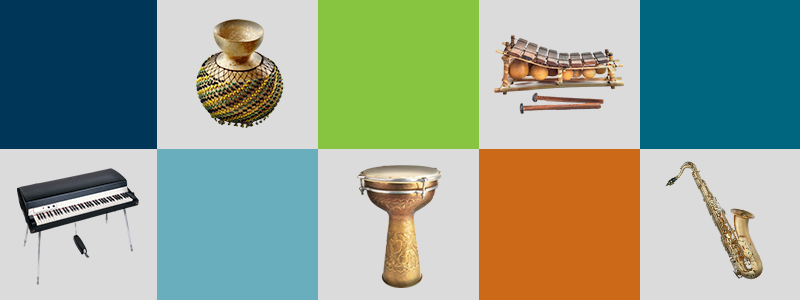
How to Integrate World Music Without Expertise
Given the challenges of acquiring expertise in these traditions, a common concern among teachers is whether they can teach world music traditions without extensive training. One possible approach is to introduce certain musical concepts drawn from these traditions rather than attempting to teach them as an expert.
Here are three accessible ways to bring world music into everyday teaching:
1. Clave and Rhythmic Cells
The term clave (Spanish for “key”) refers to both a rhythmic pattern and the wooden percussion instrument used to play it. Clave rhythms serve as the foundation for many Latin American music styles, particularly Afro-Cuban music, as well as contemporary popular music.
One of the most recognizable clave rhythms in North American music is the 3-2 Son Clave:

Clave patterns are closely related to bell patterns in West African music, both serving as timekeeping structures that form the core rhythmic “feel” of a piece. Even without teaching specific clave rhythms, teachers can introduce the core concept of rhythmic cells—short, repeating rhythmic motifs that form the foundation of a piece.
2. Drone-Based Exercises
In Indian classical music, ragas are often built upon a drone—a sustained pitch that serves as a tonal foundation. While mastering raga performance takes years, drone-based improvisation is a concept any music class can explore.
Classroom Applications:
- Assign certain instruments to sustain a drone.
- Have other students improvise simple melodic phrases over the drone.
- Assign a specific key or mode to help students develop aural confidence.
- Use digital tools like Ekwe, GarageBand, or a looping app to generate a continuous drone for students to practice against.
This exercise develops intonation, ear training, and modal awareness while introducing students to a fundamental concept of Indian classical music.
3. Call-and-Response Improvisation
Call-and-response is a fundamental structure found in African, gospel, blues, and jazz traditions. It encourages active listening, group interaction, and improvisation.
Classroom Applications:
- The teacher (or a student) plays a short musical phrase, and the group echoes it back.
- The response can be an exact repetition or a variation, creating a musical conversation.
- Works well with percussion, voice, or melodic instruments.
This practice strengthens students’ ability to internalize rhythm, phrasing, and ensemble playing while building improvisation skills applicable across musical traditions.
Thoughts on Using Digital Tools
Digital platforms like DAWs (digital audio workstations) such as GarageBand, Logic, Ableton Live, and Ekwe can be valuable tools for facilitating these practices. Typically, digital tools are used more for production rather than live musical interaction—working “in the box,” so to speak. However, whether using DAWs, electronic instruments, drum pads, or even everyday objects like a classroom table, the above practices encourage a reimagining of what we consider instruments. Digital tools can enhance these practices by providing drones, loops, or pre-recorded material as sources of inspiration.
The Ekwe platform focuses extensively on global music, offering traditional instruments from around the world along with their cultural and historical contexts. These instruments come in pre-recorded MIDI and audio loops, seamlessly integrating with contemporary electronic beats and textures. You can learn more about Ekwe at www.Ekwe.app.
Benefits of using digital tools:
- They can be tailored to the specific needs of the class.
- They don’t get tired and can play repetitive parts as long as needed.
The First 10 minutes: A Crucial Teaching Moment
As music teachers know, the first few minutes of a rehearsal can often be chaotic—students chat, warm up haphazardly, or play snippets of songs they like. Instead of treating this as wasted time, teachers can use these moments as opportunities for ear training and musical exploration. These transitional moments are often the most underappreciated yet important part of any rehearsal or music class. They help students shift from other subjects or activities and set the tone for the musical work ahead. The practices mentioned above are especially effective and impactful when incorporated at the beginning of class or rehearsal during these transition periods.
Suggested Warm-Up Routine:
- Start with a Drone: Have a sustained pitch playing as students enter and assemble. Let them tune in and improvise quietly over it.
- Introduce Call-and-Response: Engage students in a brief call-and-response exercise using rhythm or melody.
- Establish a Groove: Have students create and lock into a simple rhythmic pattern before transitioning into the main lesson. The drone can either continue playing or evolve into a bass or groove pattern.
These brief but structured activities not only develop musicianship but also help students transition into focused listening and engagement.
Final Thoughts: “I Never Knew How Much American Music Was World Music”
One of the most rewarding moments in teaching world music comes when students begin to see how interconnected musical traditions truly are. A student once told me:
“I never knew how much American music was world music.”
That realization is exactly why integrating world music into our teaching is so valuable—it deepens students’ understanding of music while fostering cultural awareness, reminding them that music is a shared human language that transcends borders.
Key Takeaways for Teachers
- Start with traditions that connect to students’ existing musical knowledge (West African and Latin music are foundational).
- Focus on musical concepts rather than trying to replicate traditional pieces exactly.
- Use classroom warm-ups to introduce and explore world music ideas.
- Encourage deep listening and improvisation to build musicianship.
By taking small, intentional steps, any teacher can make world music an enriching and essential part of their classroom experience.
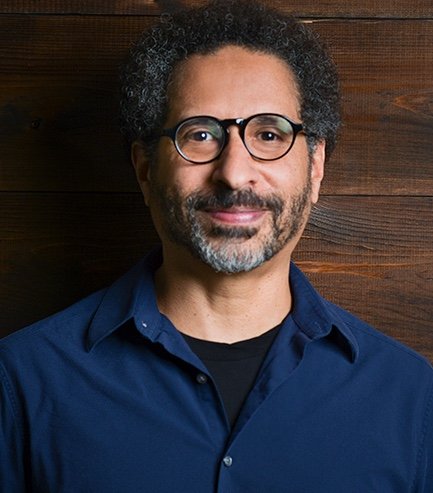
Michael Cain, Cofounder and CEO
-
CalArts, BFA, MFA
-
25+ years of experience in music education
-
Grammy-nominated jazz pianist
-
Performed with Bobby McFerrin, Jack DeJohnette, Eddie Levert (O’Jays), Terence Blanchard.
-
Faculty: Eastman School of Music, New England Conservatory, The New School, University of Minnesota
-
Director, Electronic Music and Recording Arts (EMRA) at MacPhail Center for Music
-
Co-Founder of national innovative music education and recording program, teaching music to students grades 3-12 helping them create, record, and distribute their own music
FREE World Instruments Poster Set Download
With the help from our friends at Ekwe.app, we have put together a set of classroom posters featuring instruments from around the world. These are the perfect resource if you’re putting together a bulletin board, teaching a unit on world music, or simply looking for ways to expose your students to new instruments and musical styles.

